A day in Nowa Huta, Krakow, Poland
I was initially drawn to Nowa Huta for the Brutalist Architecture. During the visit I found so much more.
Nowa Huta (which translates as The New Steel Mill) is a planned secular socialist realist settlement. In 1954 the Vladimir Lenin Steelworks was opened and later became the largest steel mill in Poland.
We started our visit at the exhibition “Buffet at the Steelworks” in Nowa Huta Museum. It featured objects, photos and stories of the eateries and canteens from the city. Leaving the museum a member of staff told us that Stylowa Restaurant was still open today, so we headed straight there and tucked into some delicious smoked fried cheese.
We continued our walk and eventually arrived at Arka Pana, built to resemble Noah’s Ark, the Church of Our Lady Queen of Poland was truly stunning. Demanded and fought for by the Catholic residents of Nowa Huta, designed by Wojciech Pietrzyk and built by volunteers. The church was consecrated in 1977.
During the late 1980s, many Eastern European Countries were turning their backs on authoritarian communist regimes. In Poland, the Solidarity movement, led by Lech Walesa was taking hold, and the streets of Nowa Huta became a focal point for demonstrations and street protests. The Museum of Poland under the Communist Regime brought together information about the anti-communist protests, the church and the steelworks, and perfectly explained all we had seen throughout our visit.
All that was left of the day was a trip to the steelworks. Now named after the engineer Tadeusz Sendzimir, famed for his revolutionary methods of processing steel, the factory still produces steel today. We were pleasantly surprised to find ourselves on a tour of the abandoned administrative complex with decorative staircases, a banquet hall, rooms and secret tunnel leading to the underground Cold War Bunker.
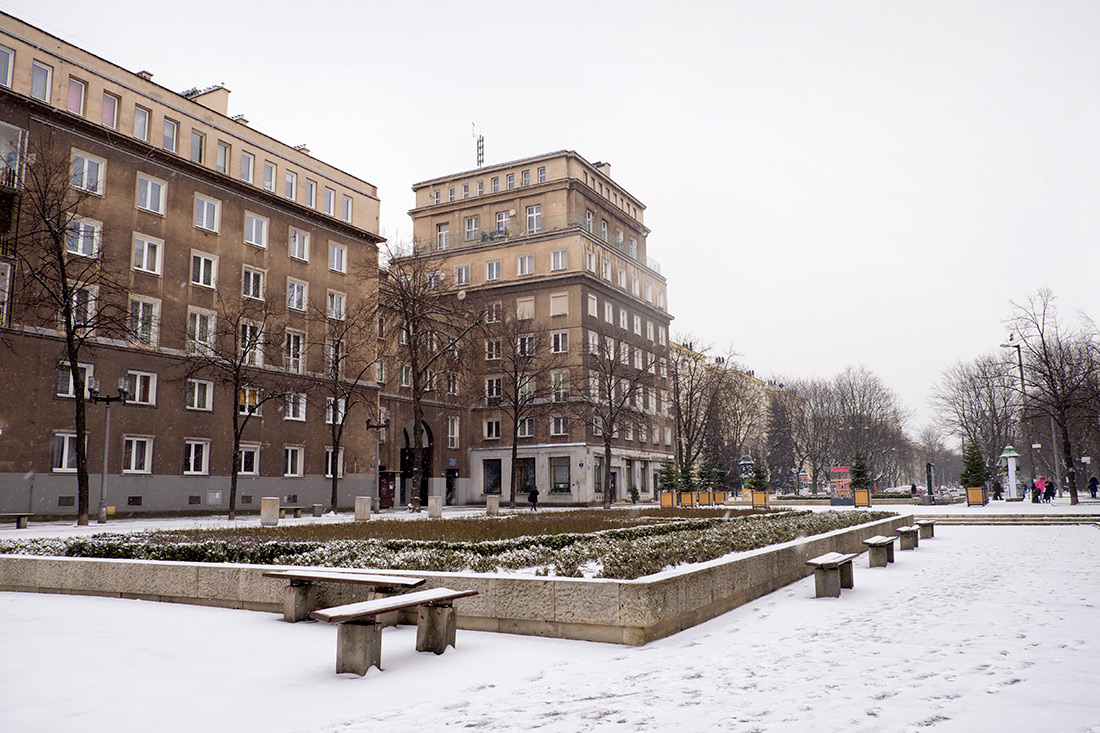
Walking into Nowa Huta from Ronald Reagan Square
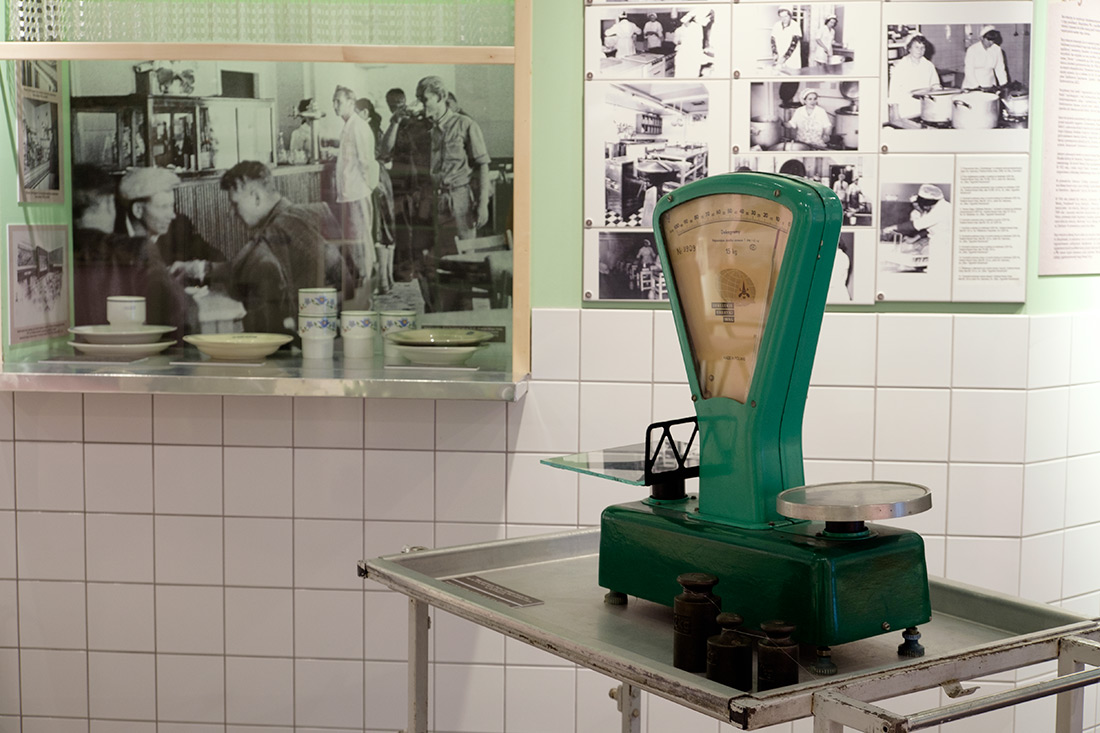
Nowa Huta Museum, “Buffet at the Steelworks” exhibition
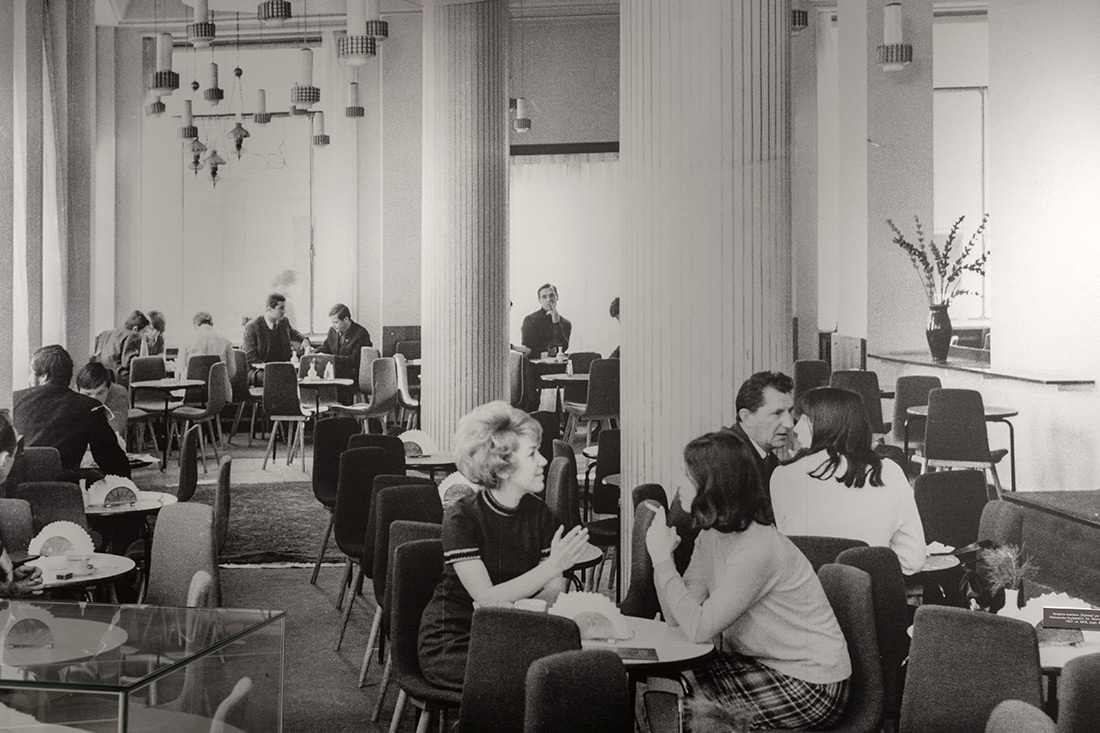
Stylowa Restaurant at Nowa Huta Museum
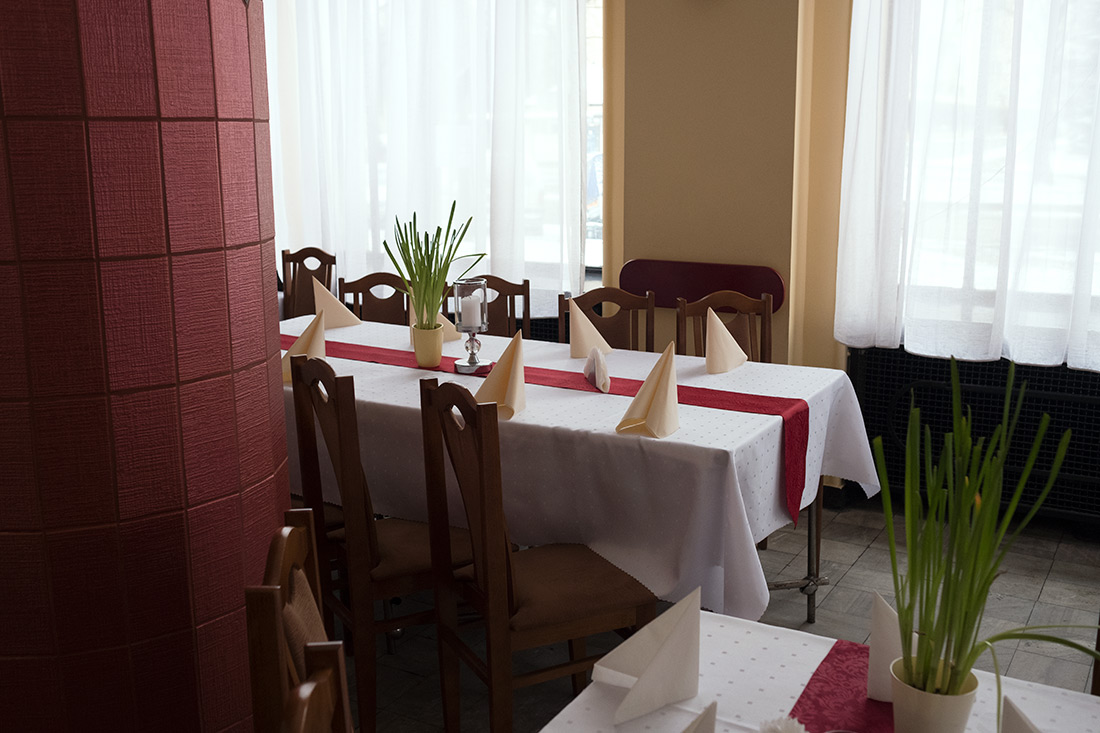
Stylowa Restaurant
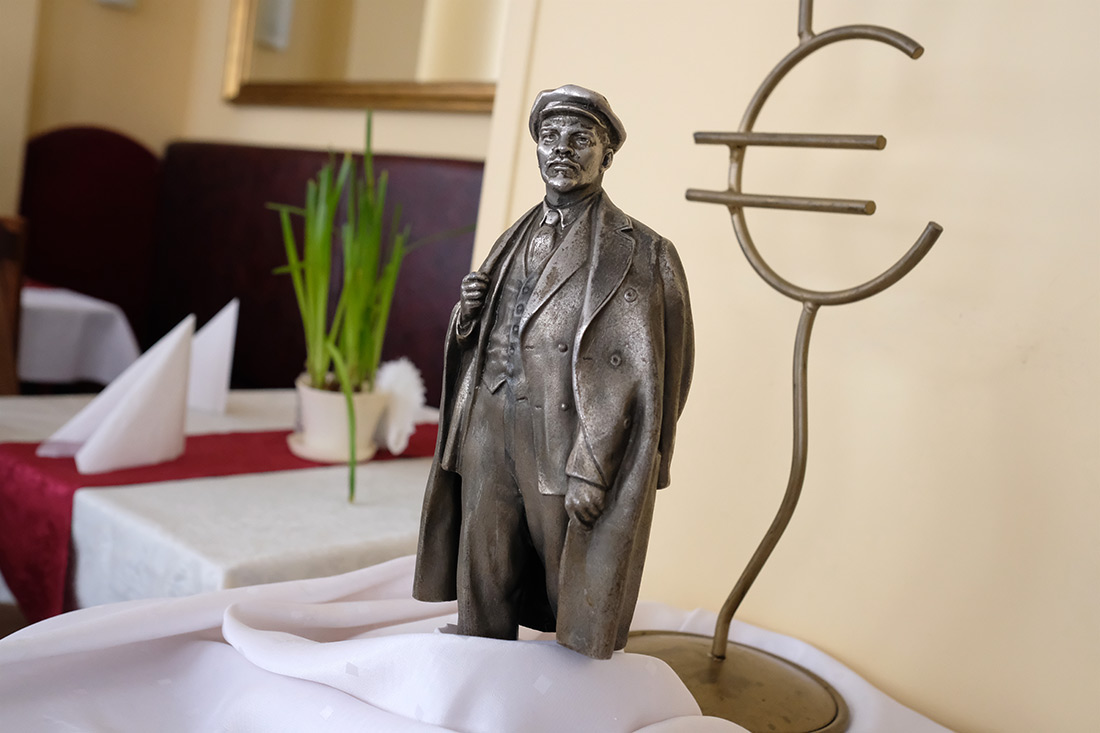
Lenin at Stylowa Restaurant
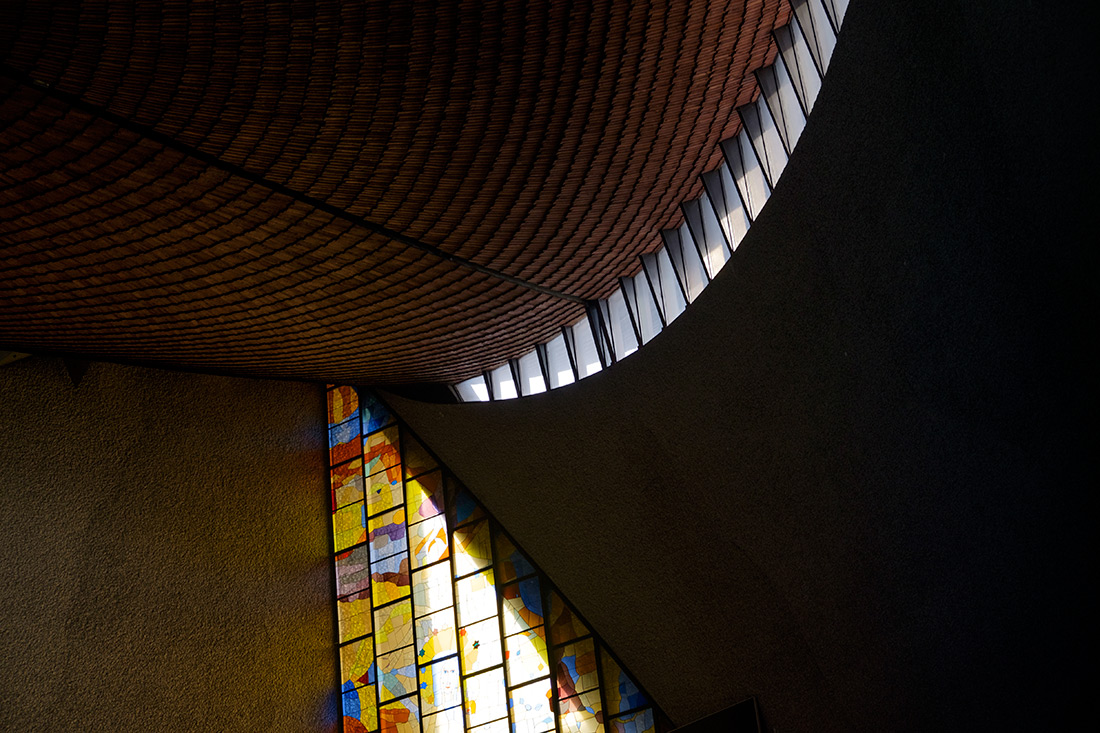
Church of Our Lady Queen of Poland
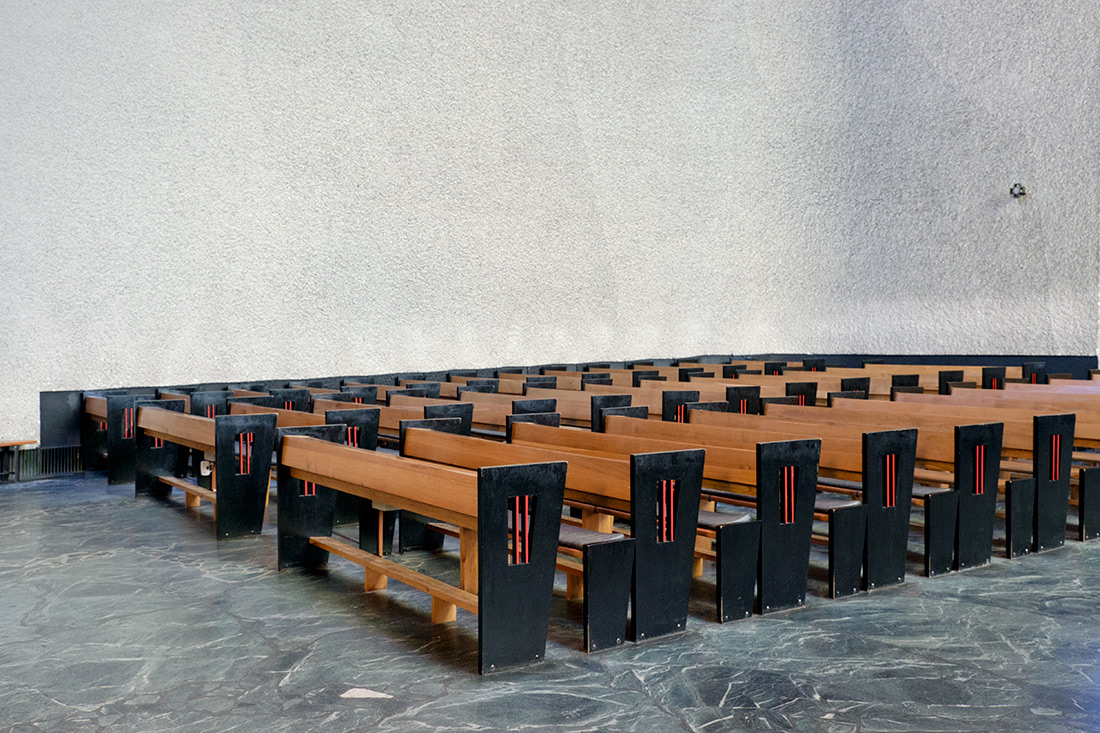
Church of Our Lady Queen of Poland
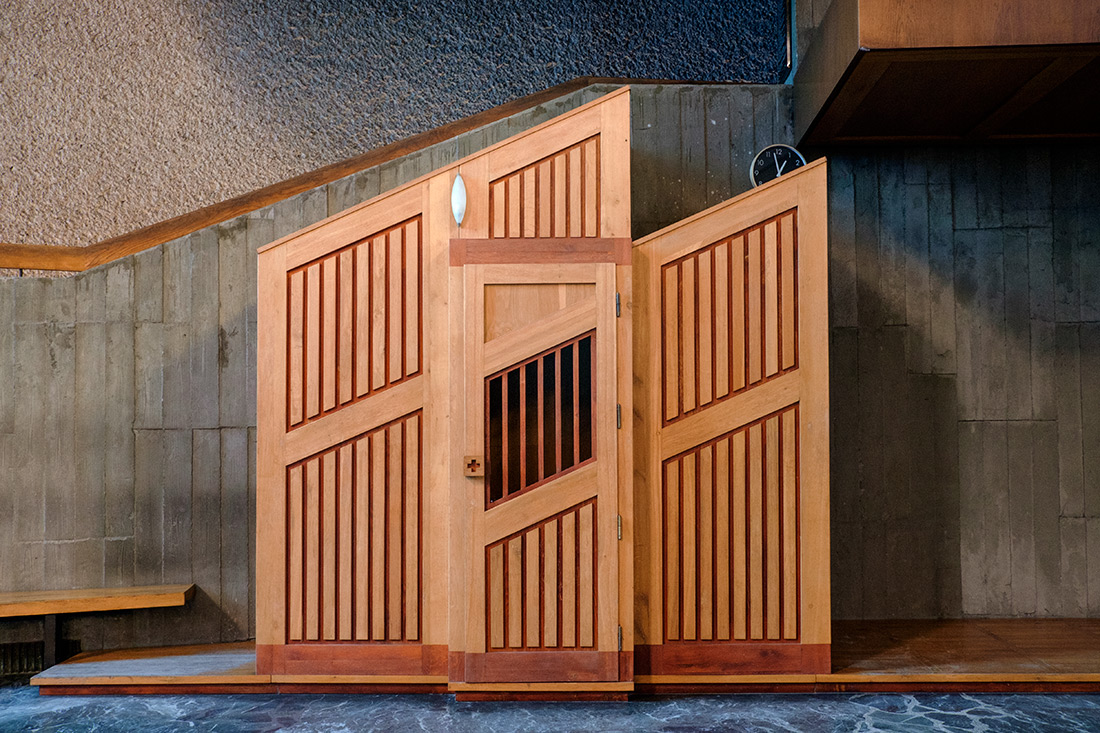
Church of Our Lady Queen of Poland
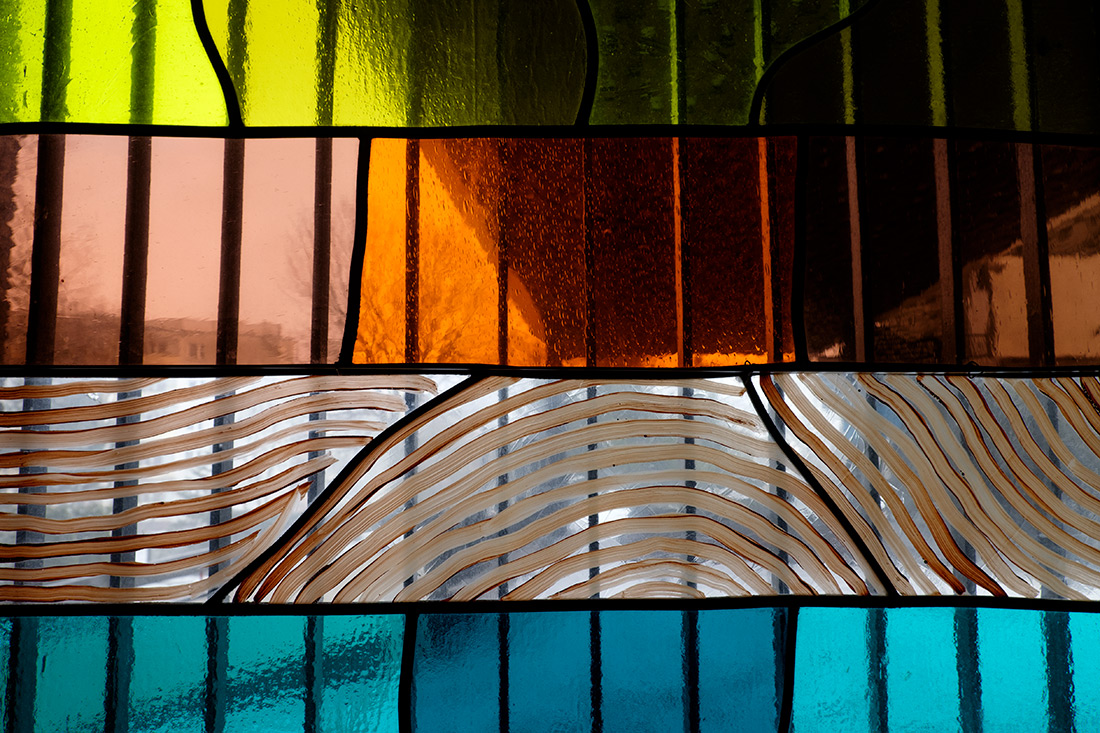
Church of Our Lady Queen of Poland
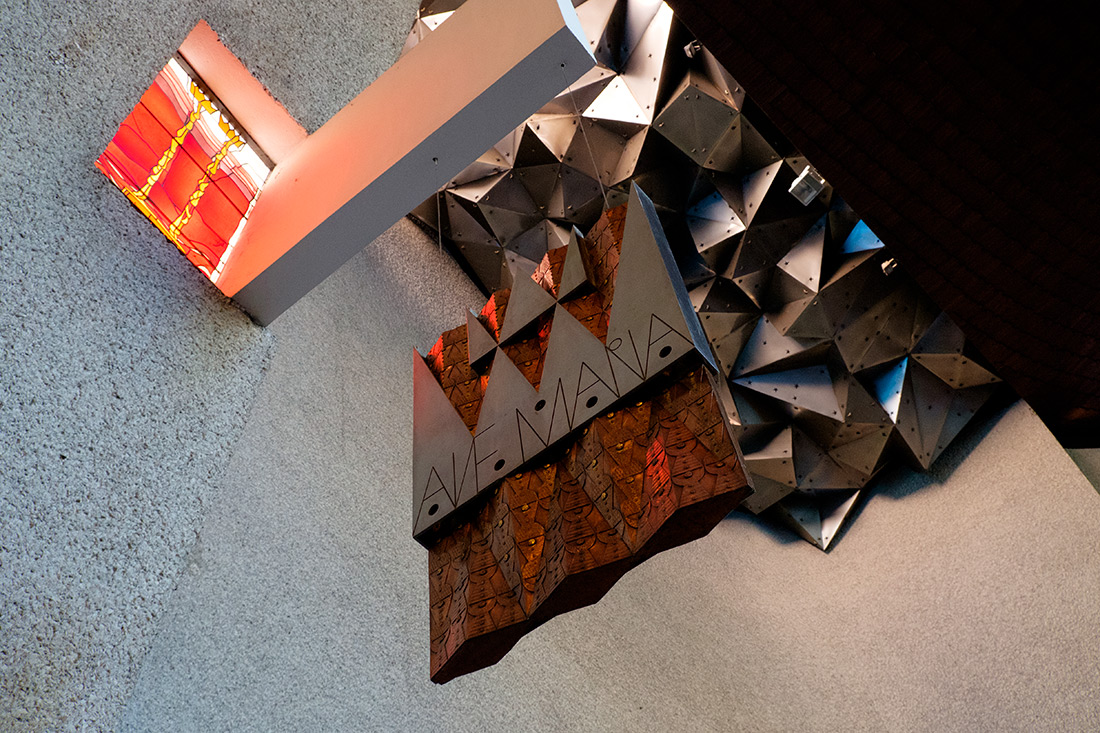
Church of Our Lady Queen of Poland
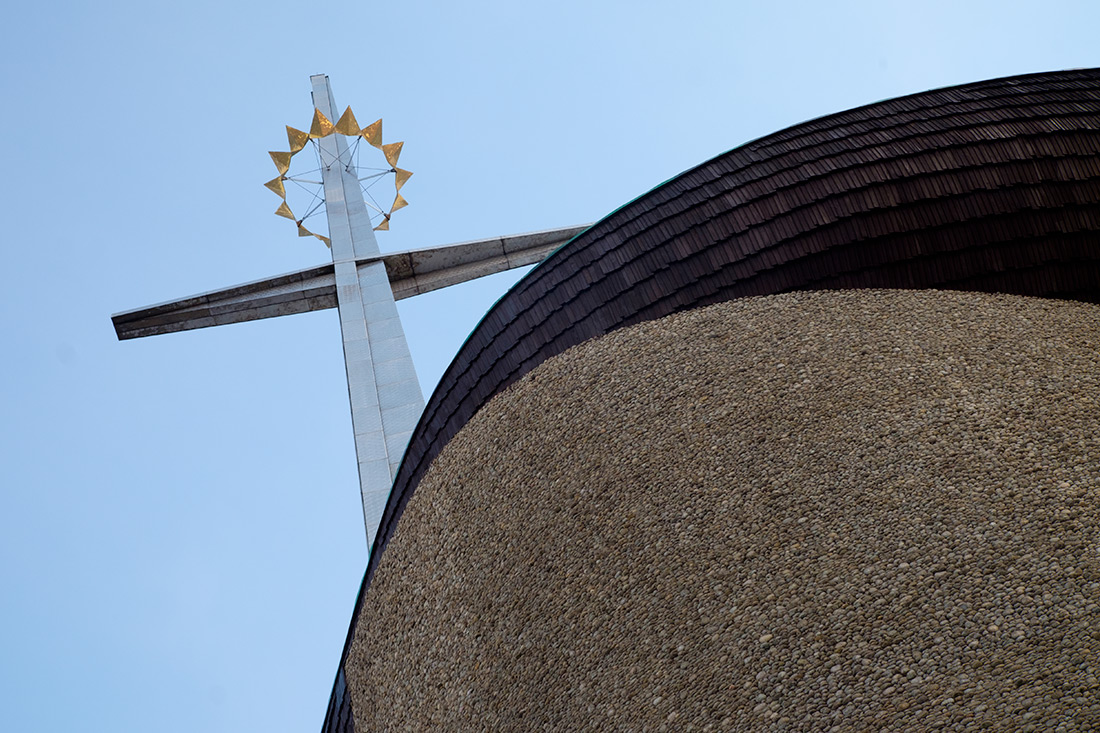
Church of Our Lady Queen of Poland
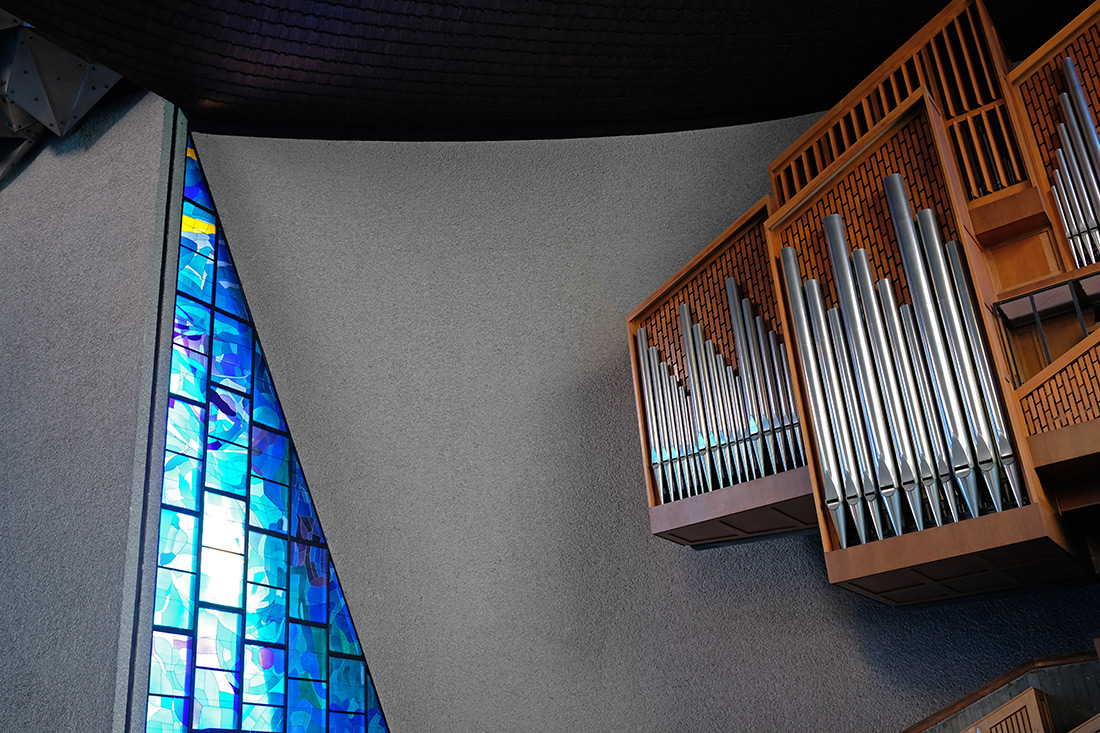
Church of Our Lady Queen of Poland

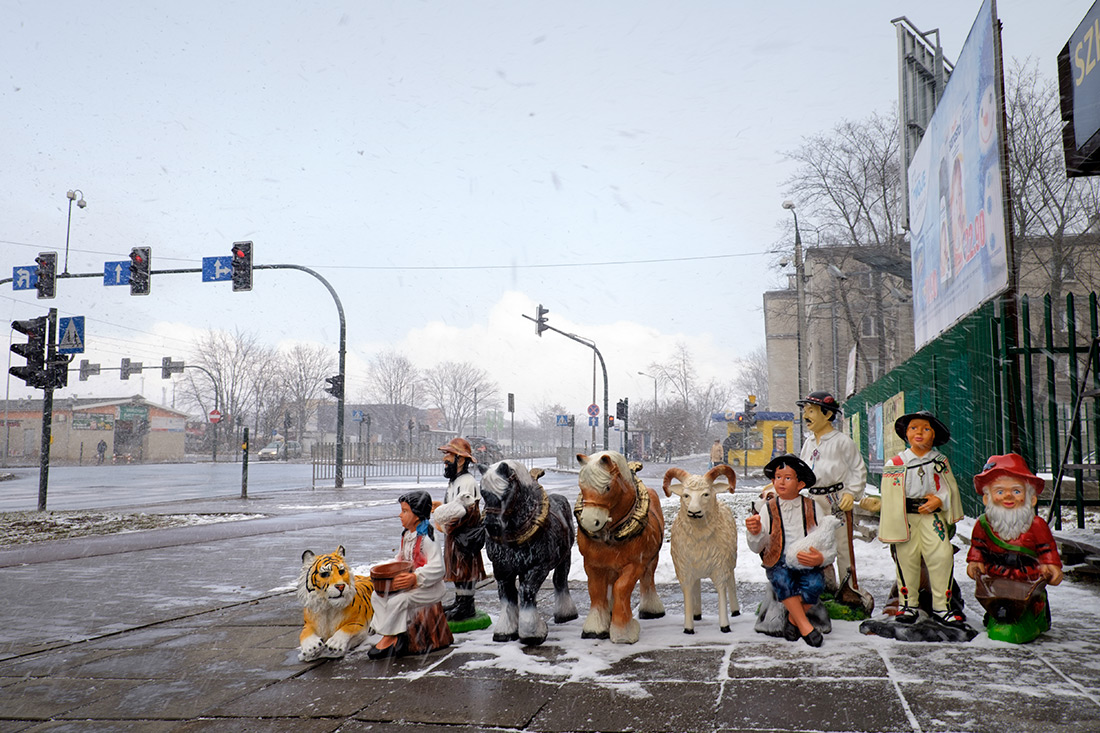
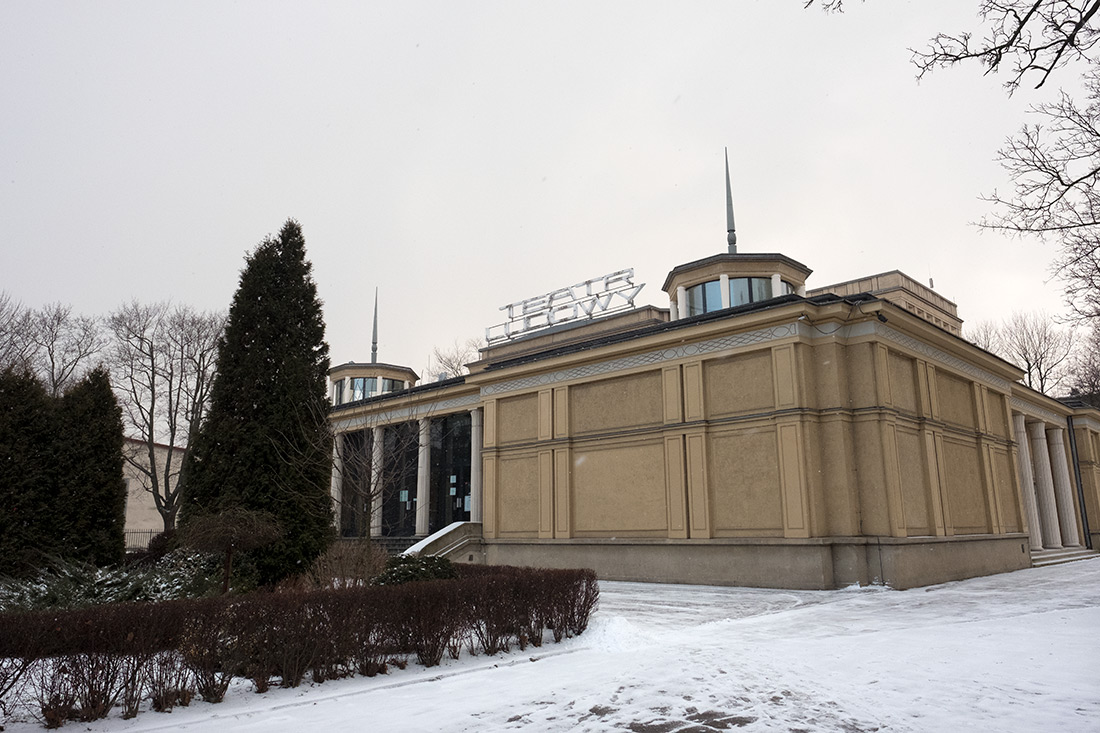
Teatr Ludowy (The People’s Theatre)
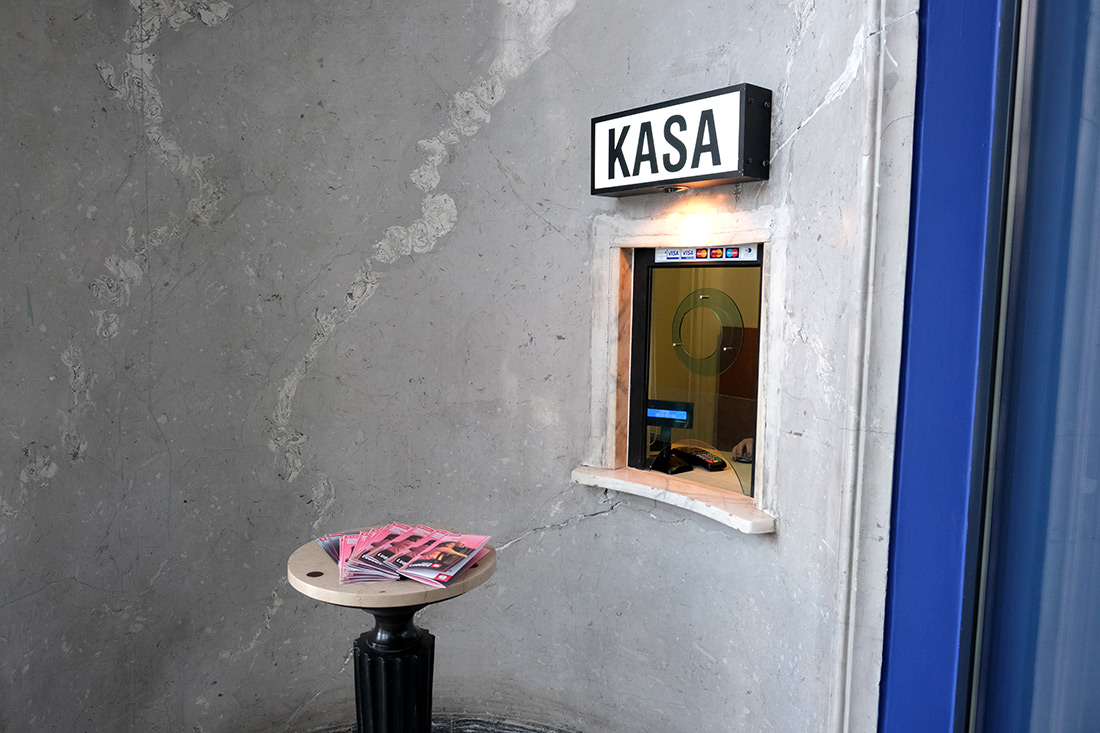
Teatr Ludowy (The People’s Theatre)

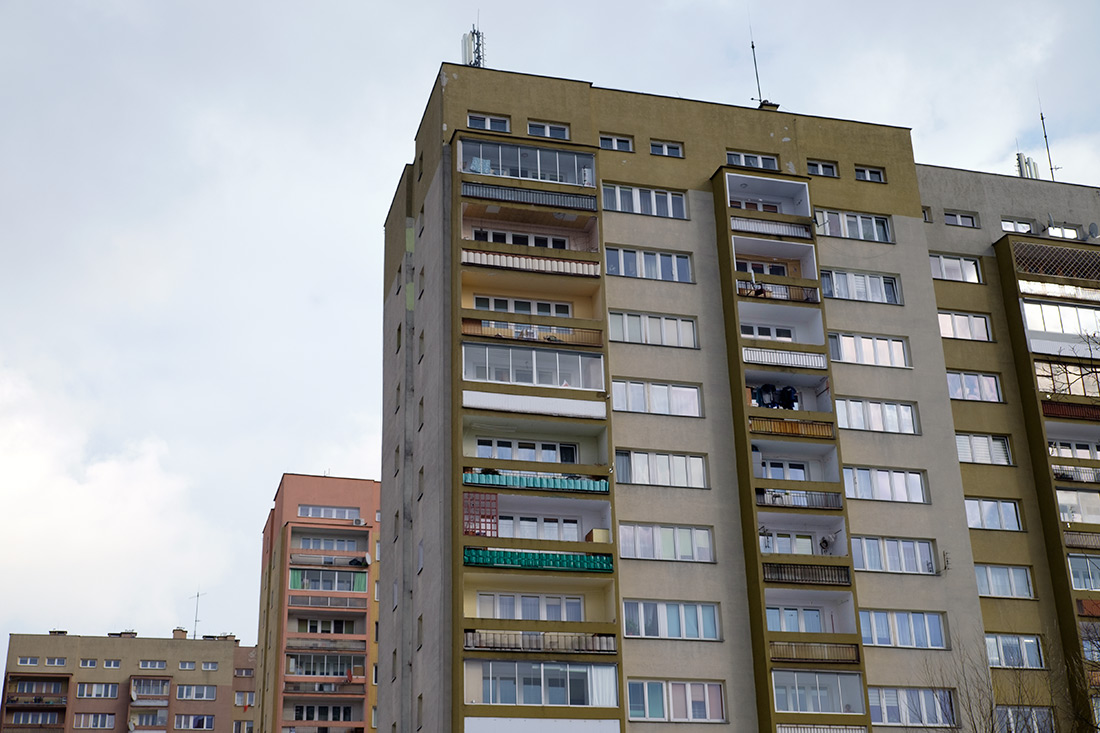
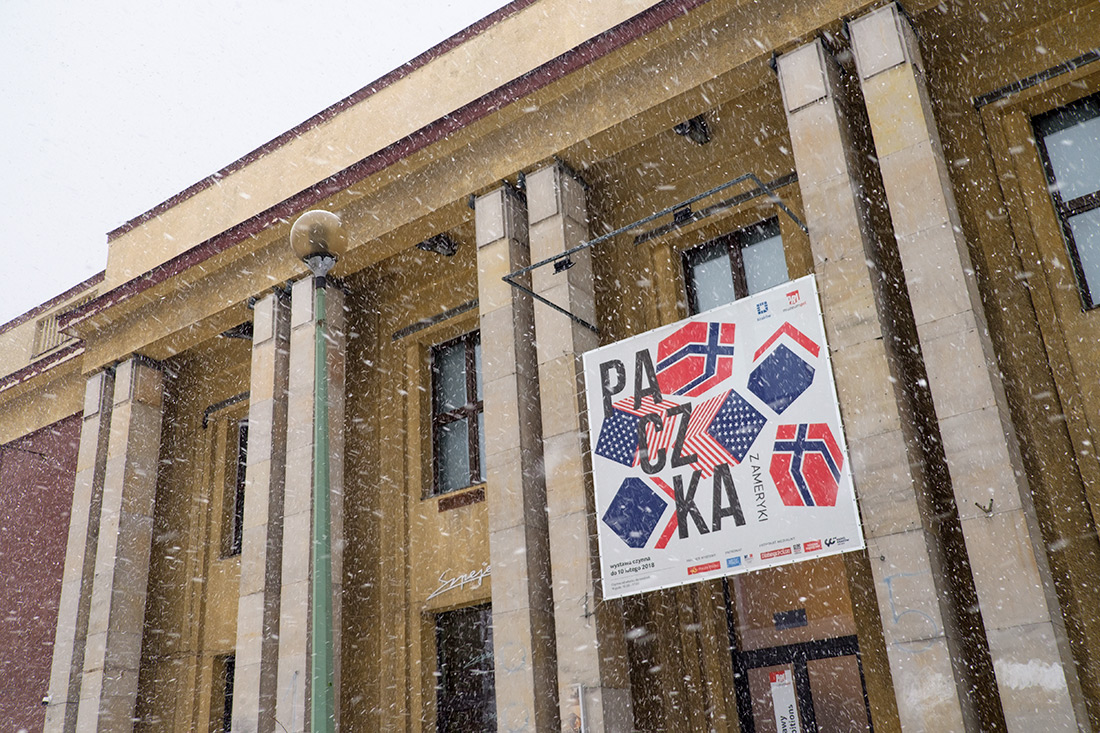
Museum of Poland under the Communist Regime
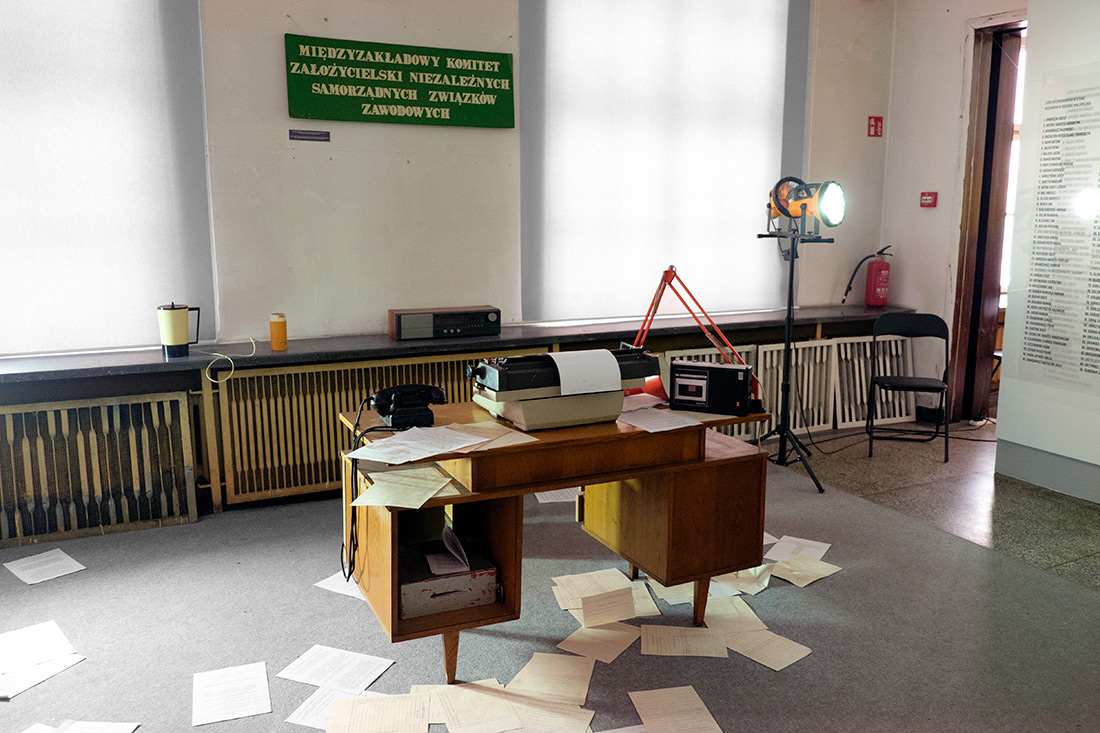
Museum of Poland under the Communist Regime
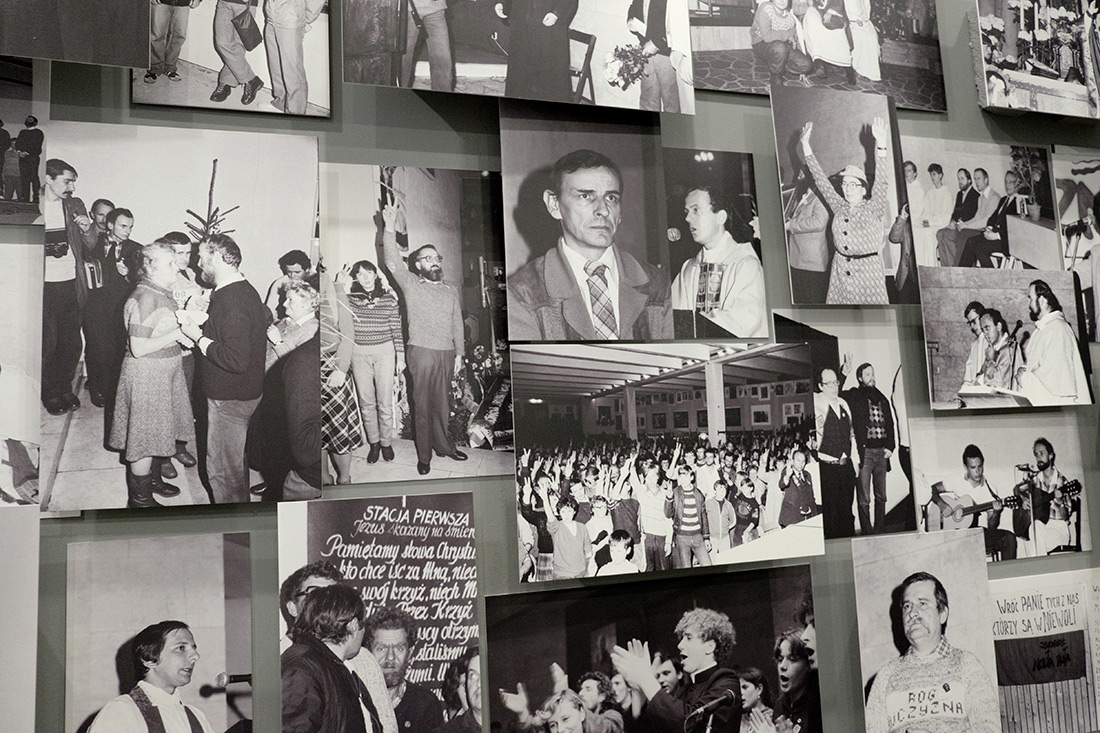
Museum of Poland under the Communist Regime
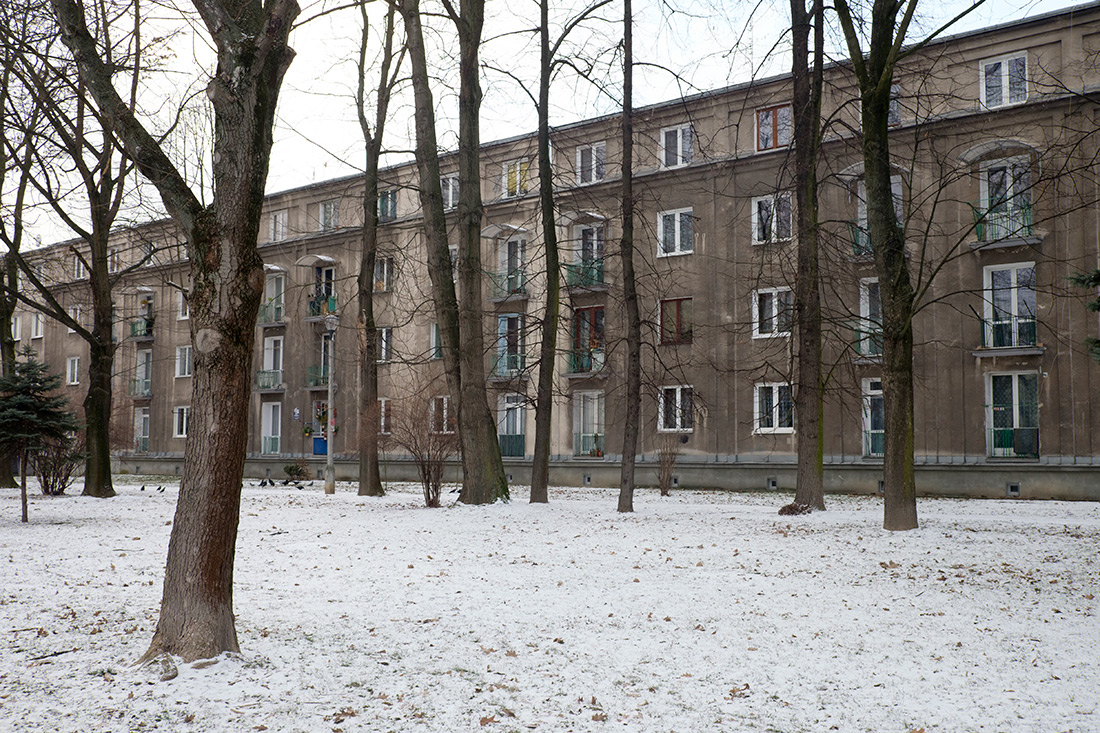
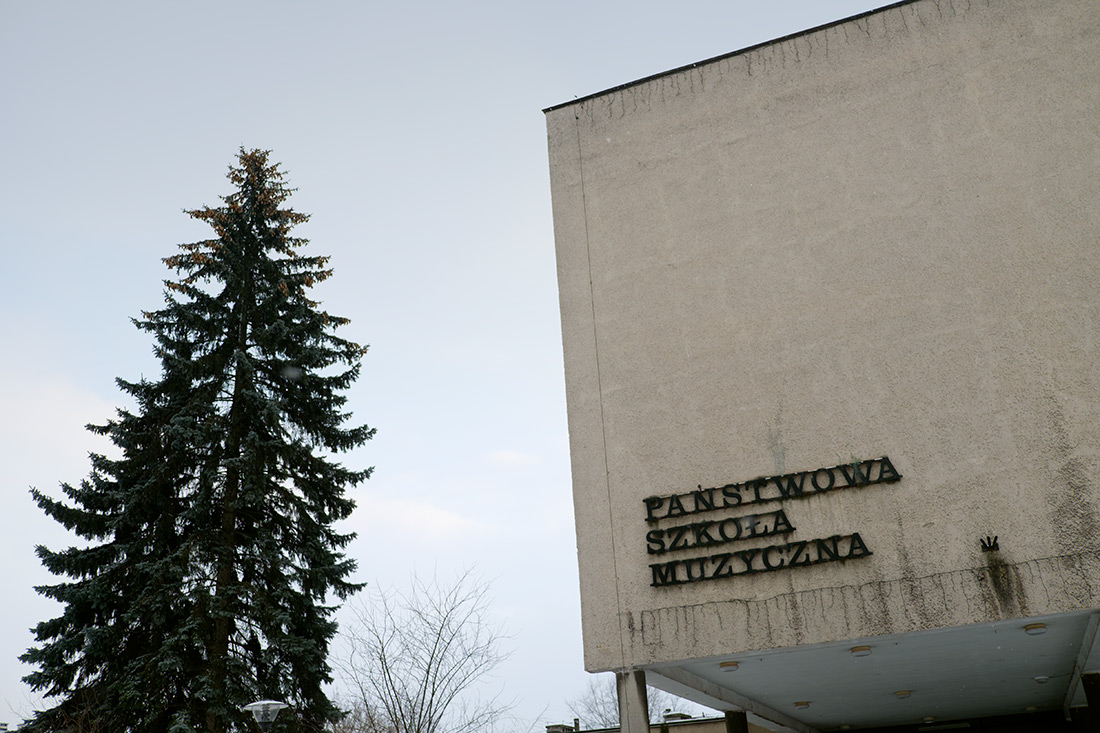
State Music School
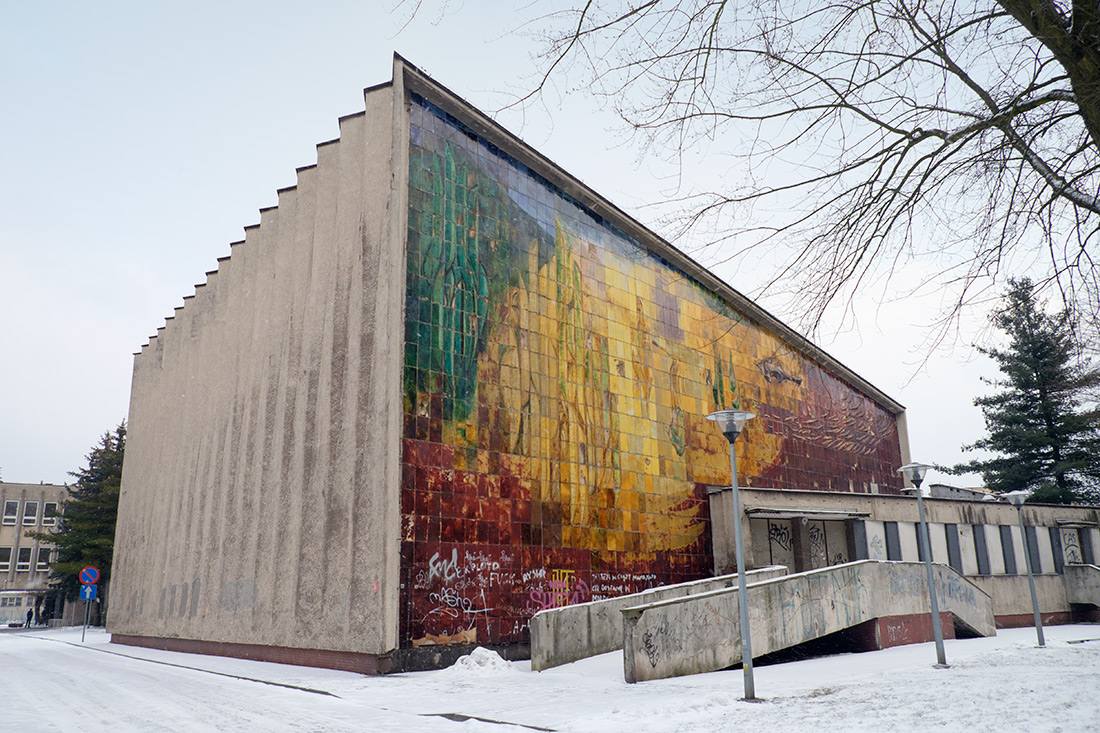
Behind the Museum of Poland under the Communist Regime

Tadeusz Sendzimir Steelworks
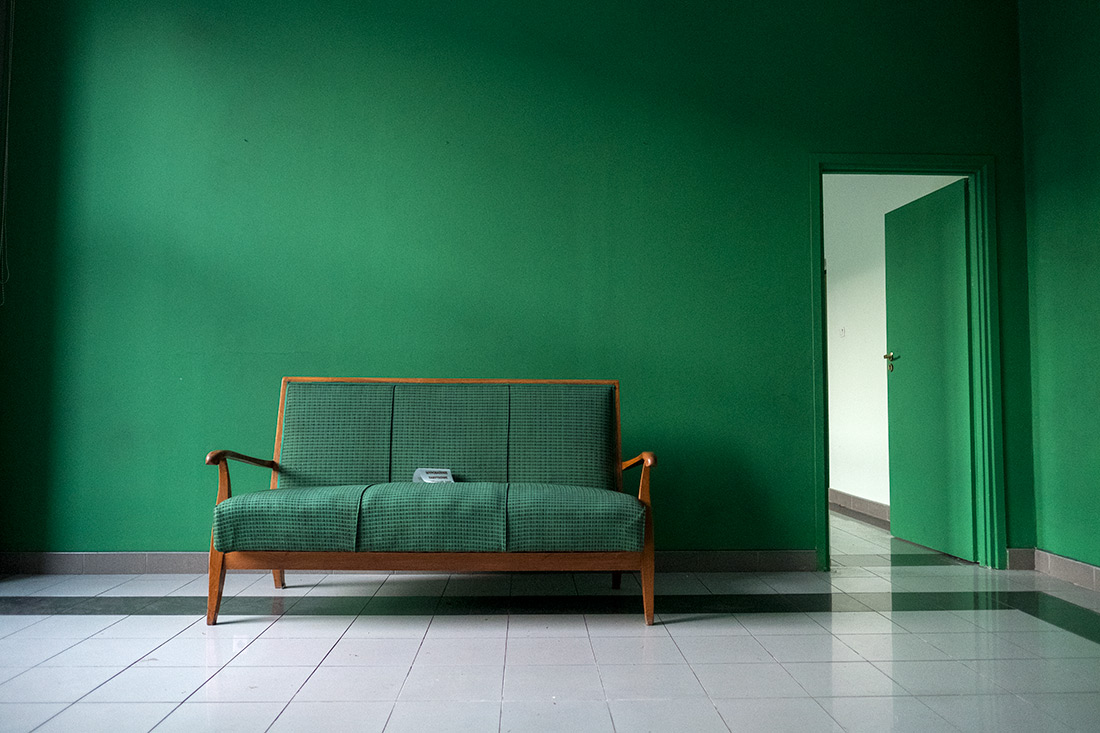
Manager’s office at the Steelworks

Manager’s Office at the Steelworks

Tunnel from administrative building to Cold War Bunker at the Steelworks
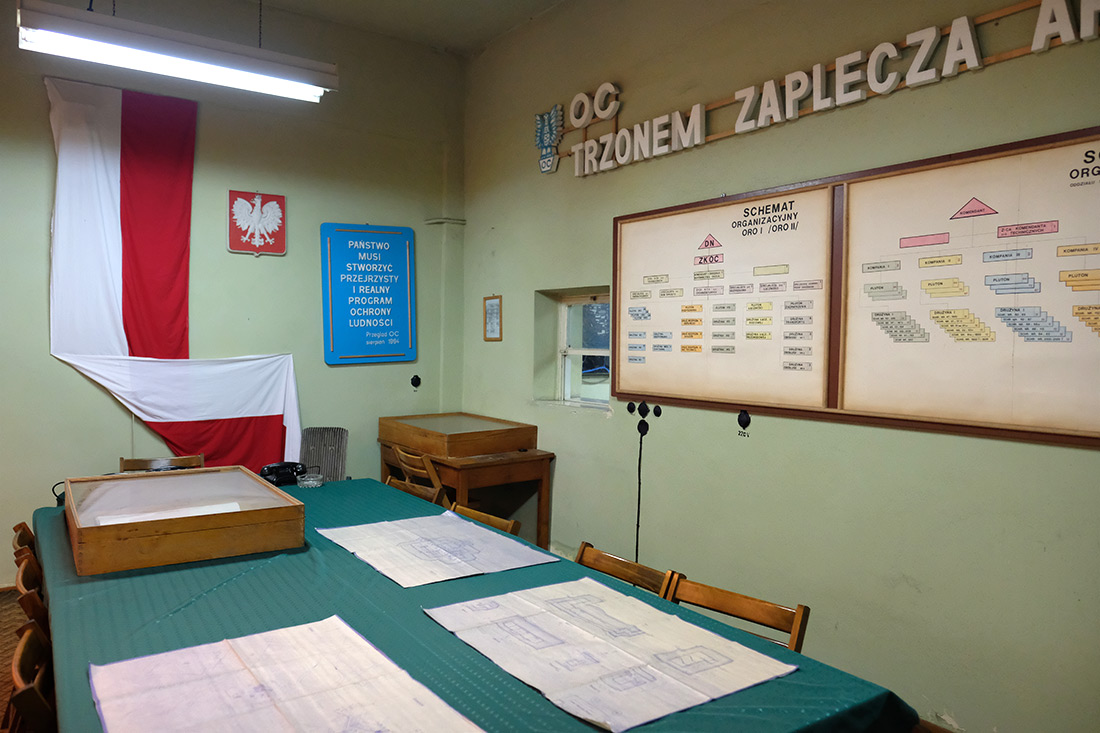
Steelworks Cold War Bunker

Steelworks Cold War Bunker
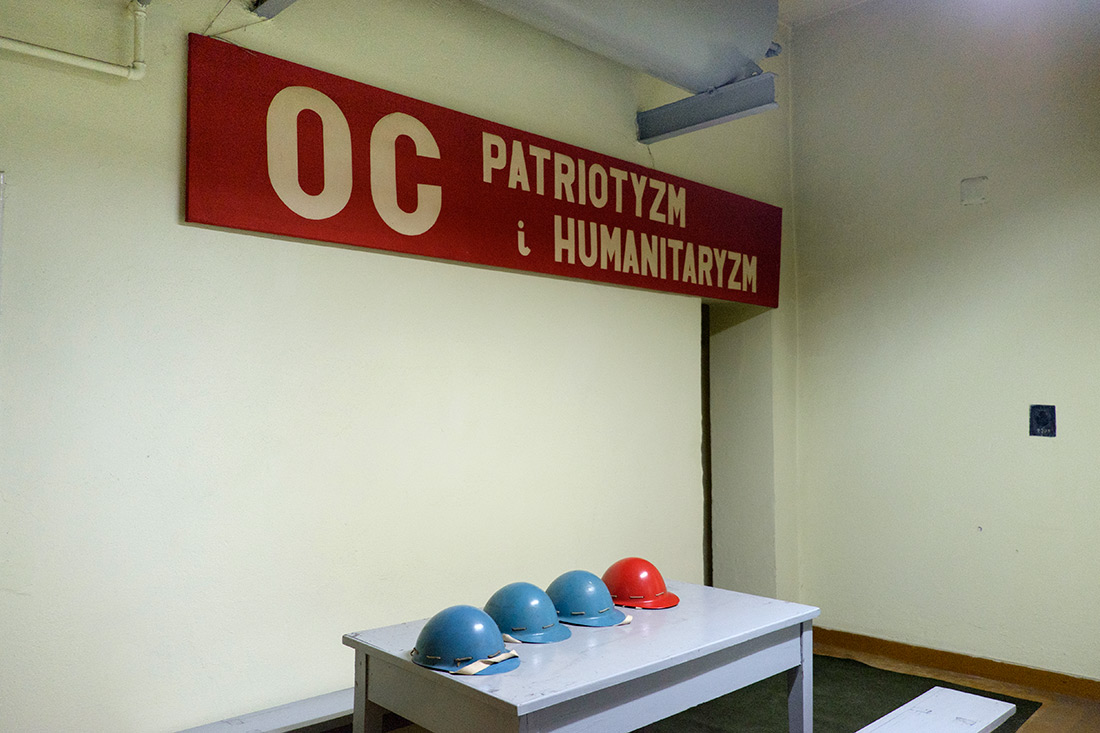
Steelworks Cold War Bunker
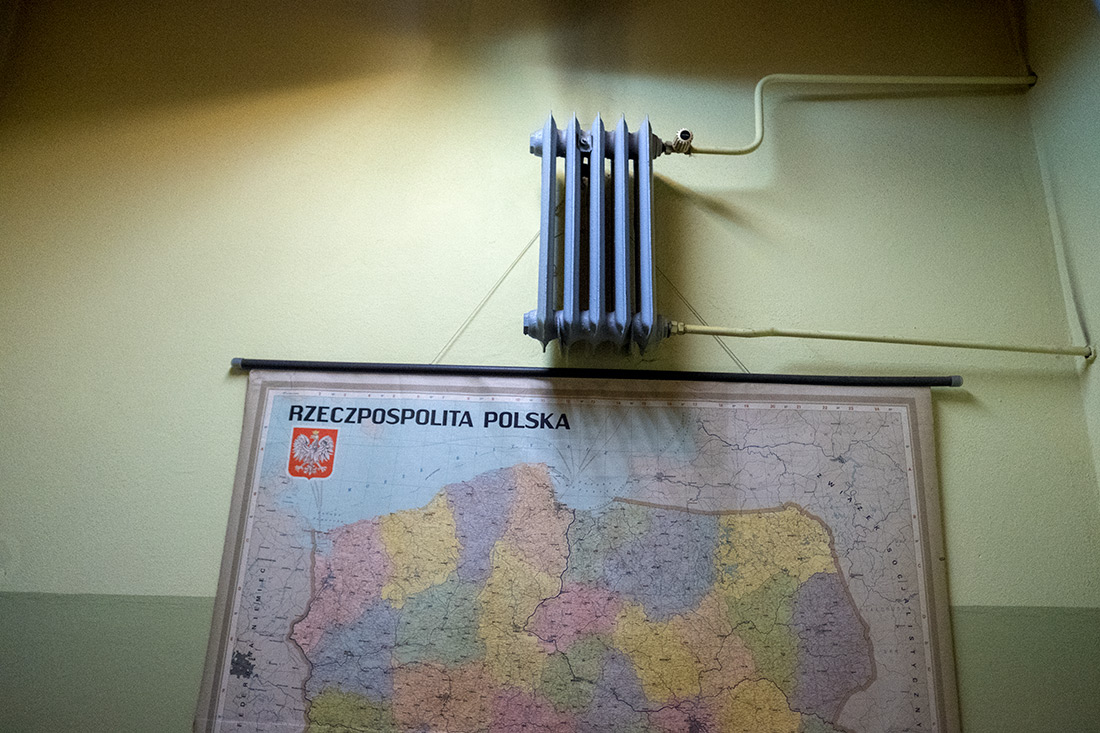
Steelworks Cold War Bunker

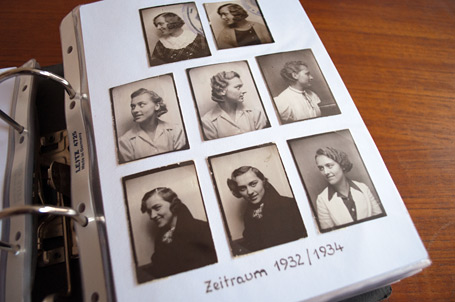


Leave a Reply